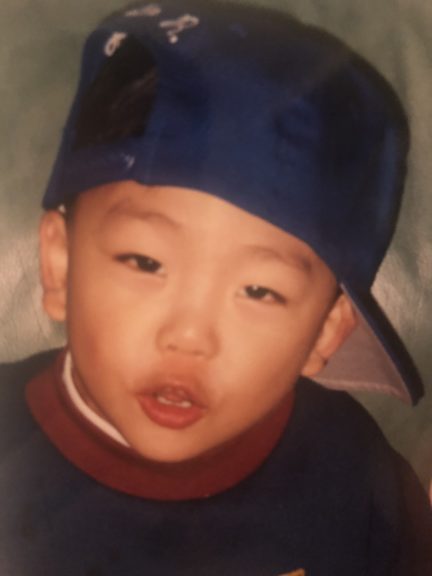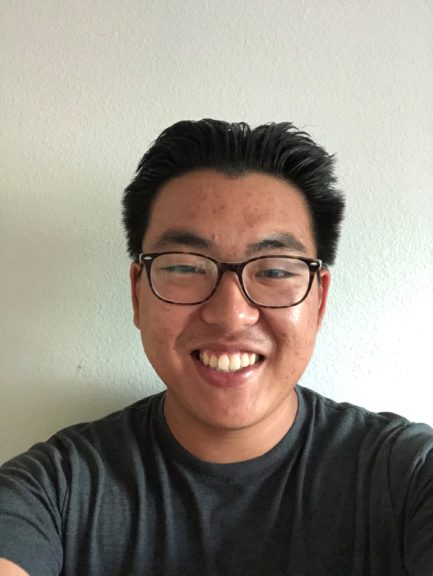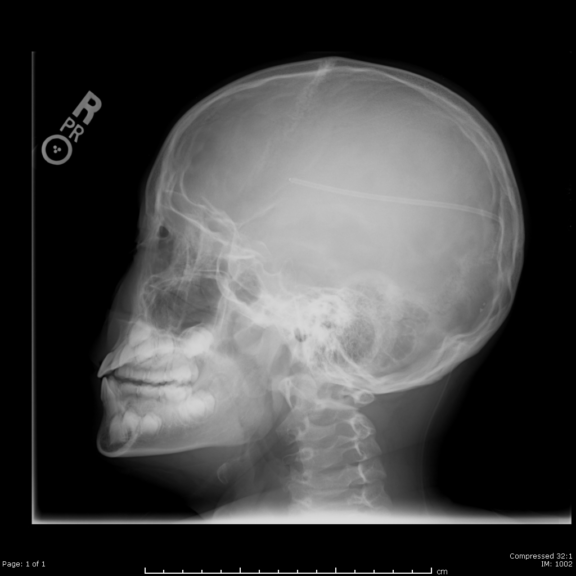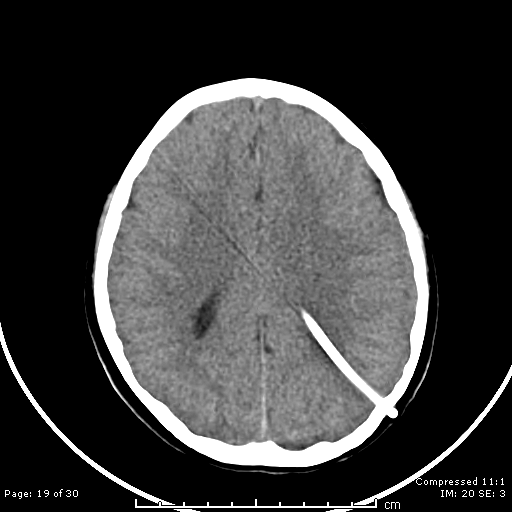Twenty-four years ago, Dr. Michael Muhonen, who had started his pediatric neurological practice at CHOC only a year earlier, treated a baby born with what essentially was a traumatic brain injury.
The infant boy, born at 23 weeks and weighing 3 pounds, suffered an intraventricular hemorrhage – bleeding inside and around the ventricles, the spaces in the brain containing the cerebrospinal fluid.
It was a grade-four bleed – the worst. Dr. Muhonen gave the boy an 80-percent chance of having some form of serious neurological dysfunction such as cerebral palsy. The newborn also had hydrocephalus, which required a shunt to be implanted in his head to drain excess fluid to his abdominal cavity.
That baby, Eric Rhee, is now 24.
Recently, over coffee, Eric talked about his plans this year: He’s moving to Bethlehem, Penn., to attend the Temple/St. Luke’s School of Medicine.
“Wow, I would never have predicted this,” Dr. Muhonen says, with a wide smile. “I’ve seen many grade-four bleeds in infants, but I don’t recall any who have succeeded to the degree that Eric has.”

Born at 23 weeks, Eric Rhee suffered an intraventricular hemorrhage and hydrocephalus. 
Now 24, Eric has worked as a medical scribe since 2019 and was recently accepted into medical school.
Eric, who since summer 2019 has been working as a medical scribe at CHOC and, with Dr. Muhonen, on a research paper on shunts like the one that will stay in his body for the rest of his life, is a bit surprised himself.
Of being accepted into medical school, Eric says: “I just want to be consistent, reliable, and efficient at what I do, learning from superiors who spent years upon decades refining their craft.”
Dr. Muhonen attributes his remarkable recovery, in part, to the high-quality neonatal care that Eric received during his three-month stay in CHOC’s NICU as an infant.
“The odds were extremely stacked against him,” Dr. Muhonen says. “He’s unique. It speaks to the kind of person he is that he’s been able to graduate from high school and UC Berkeley with honors and go on to medical school. I’m humbled that I could be a minor part of his journey.”

Shunts like the one Eric has for his hydrocephalus typically get replaced every five years due to corrosion and other issues. Eric had his replaced only once when he was a child, and it wasn’t until December 2016 when he had to have it replaced again. Dr. Muhonen, who has seen Eric regularly over the years, consulted with neurosurgeons at a hospital near UC Berkeley before the decision was made to replace the entire shunt.

Eric’s scan at age 6 shows his shunt. 
Eric’s shunt has been replaced only one other time, in 2016.
After graduating from UC Berkeley in 2019, Eric started working at CHOC while studying for the MCAT.
“One of the things I liked about CHOC growing up, I always felt like I was at home,” Eric says. “Even though I felt like I was in a very vulnerable place, I was always at ease.
“They’re kind and really good at what they do,” he says of CHOC clinical and related staff. “I want to be like that, too. Everyone at CHOC is a master of their own craft and essential to accomplishing a bigger objective. Every person is important.”
Eric took the MCAT in January 2020 and found out in December that he got accepted into Temple/St. Luke’s School of Medicine.
Dr. Muhonen has no doubts Eric will make a great doctor.
“It will be a physician like Eric who will make a great discovery,” he says. “Instead of relying on a shunt to treat hydrocephalus, maybe he’ll make a discovery to obviate the need for a shunt and have the brain internally drain water on its own somehow.”
Says Eric: “I just want to be trustworthy and dependable while making meaningful connections and having an impact on others.”




